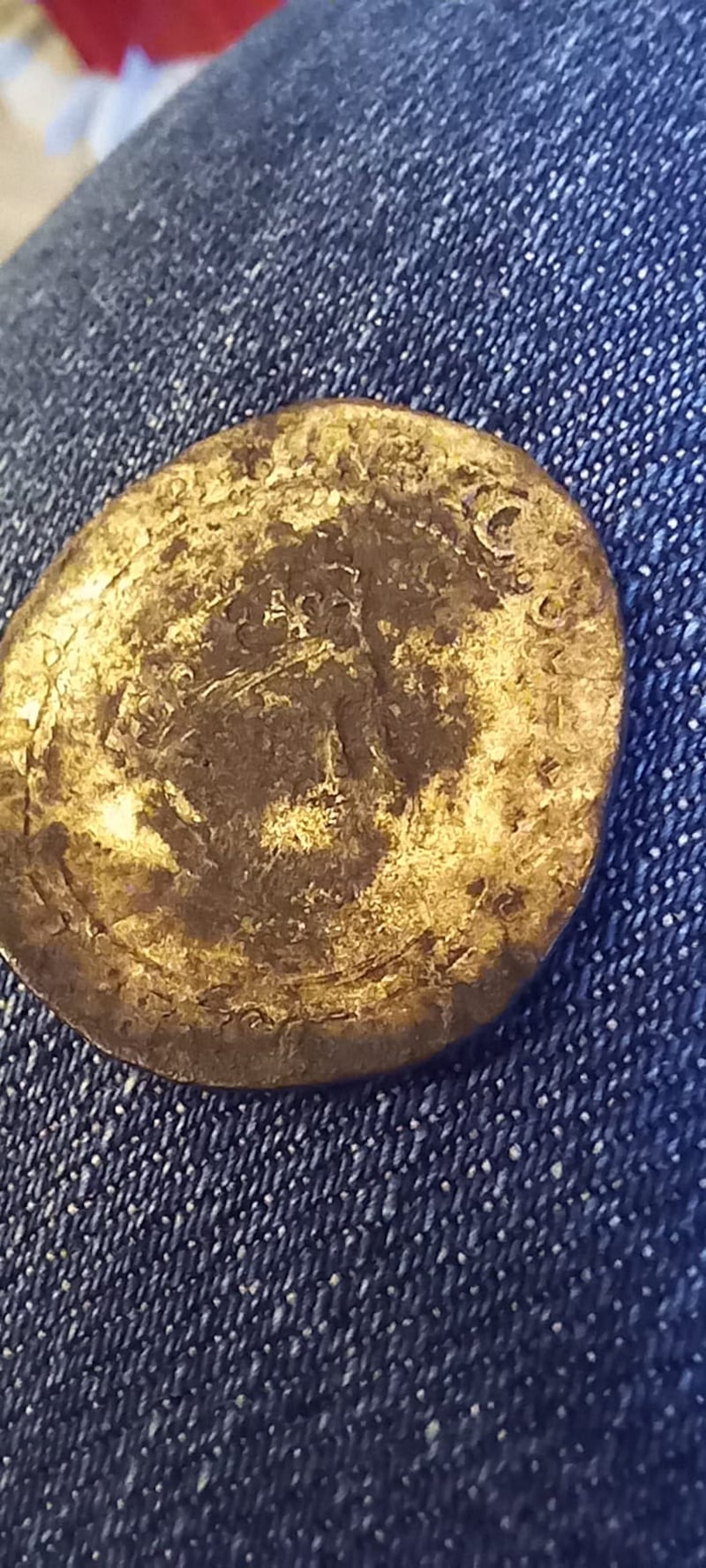A sixteenth century coin with the imprint of Henry VIII found lying in the mud on Inisfallen Island, Killarney may have been thrown into the lake for luck over 400 years ago.
Colm Doyle found the coin in the mud beside the famous Lough Léin, Killarney’s lower lake.
The silver groat is believed to be one of only two such coins found in Kerry so far.
The National Museum has identified it as almost certainly Irish, posthumous Henry VIII, with HENRIC 8 on the obverse and CIVITAS DUBLINIE (city of Dublin), on the reverse. This issue, which was actually minted during the early reign of Edward VI, would date to around 1547-50. At that time the silver content in these Irish coins was diluted, the national museum believes.
READ MORE

Another coinwas found in a neolithic tomb in Milltown in Kerry in 2015 during excavations of Killaclohane Portal Tomb, and is detailed in archaeologist Michael Connolly’s book, Stone, Bone, and Belonging. Michael’s best guess was that the coin was placed in the tomb for luck.
Kerry County Museum curator Helen O’Carroll says it is hard to tell how the Inisfallen coin got onto the monastic island - the island monastic school was renowned and it is where Brian Ború studied. It’s also where the Annals of Inisfallen, one of the major sources of Irish history now in the Bodleian library in Oxford, were largely composed.
[ Renewed attempts to return Annals of Inisfallen from UK to IrelandOpens in new window ]
“It’s difficult to say for certain how it got there but the most likely possibility is that it was a casual loss. Another possibility is that it was thrown in the water for luck,” Ms O’Carroll says.
Colm Doyle, of Killarney, believes it should be on display in nearby Ross Castle to showcase the rich history of the area.
In March of last year Colm with his children Mathew and Clara were on an outing on Inisfallen Island. Colm spotted something in the mud, not far from the abbey.
It turned out to be a Henry VIII English silver groat and Colmhanded it into the museum in Tralee.
“There could be any reason it’s there but any reason is an interesting one,” Colm says, urging an update and more archaeological field work of Inisfallen itself.
County museum curator Ms O’Carroll says further excavation would be up to the OPW, owners of the national monument of Ross Castle and of Inisfallen. However, the county museum would back a temporary loan of the coin to nearby Ross Castle.
In the meantime, the coin will need some conservation before going on display in Tralee.
- Sign up for push alerts and have the best news, analysis and comment delivered directly to your phone
- Join The Irish Times on WhatsApp and stay up to date
- Listen to our Inside Politics podcast for the best political chat and analysis











